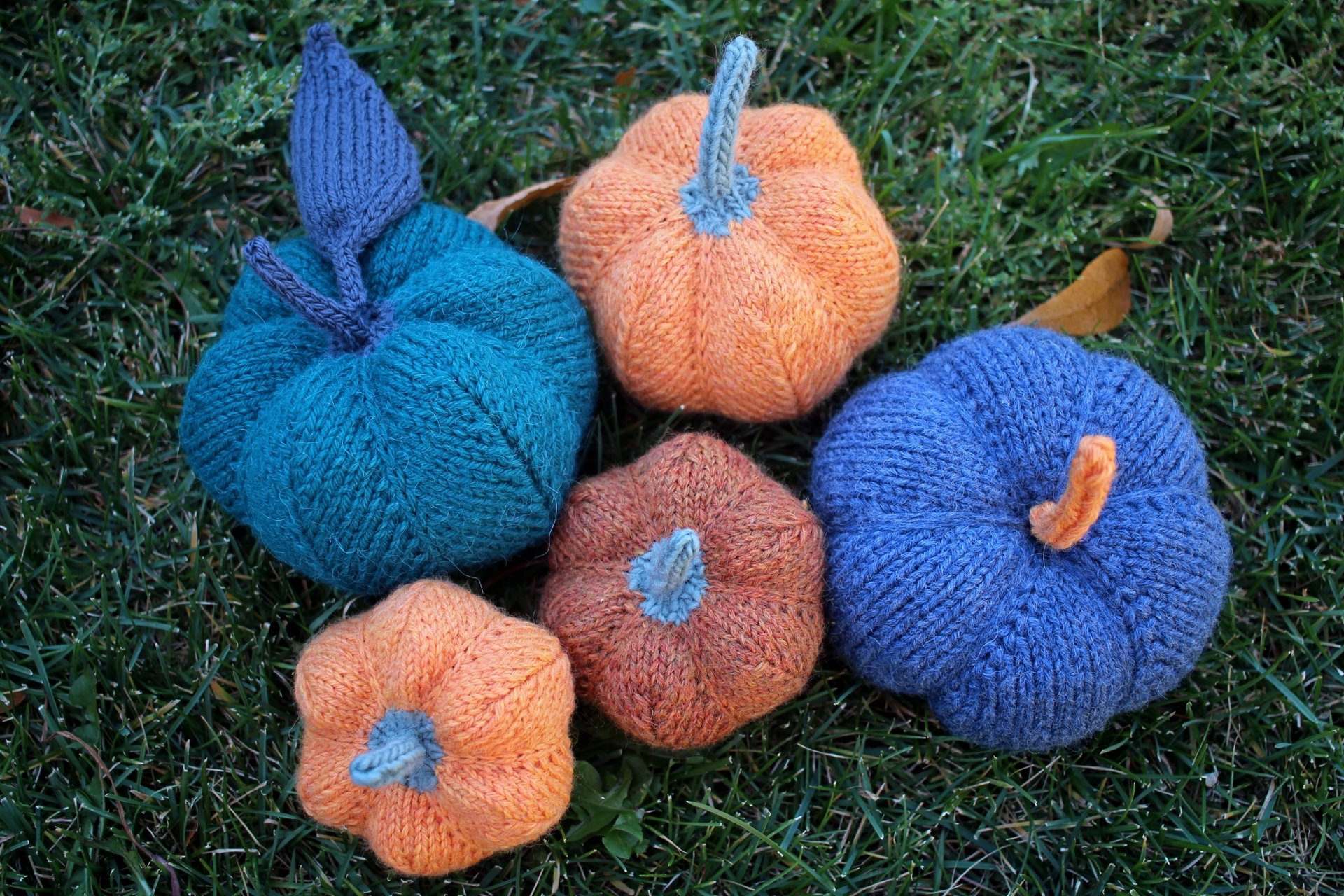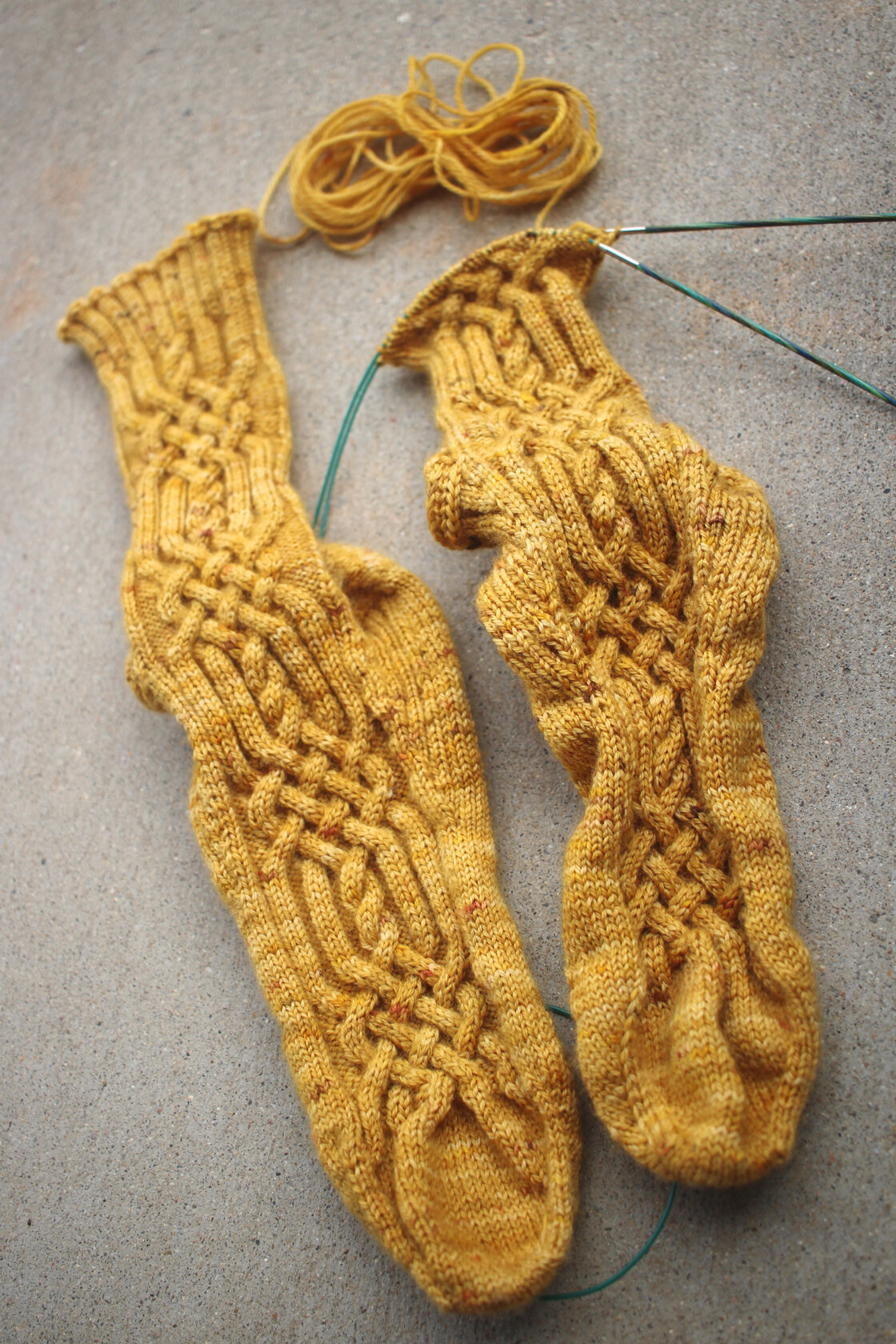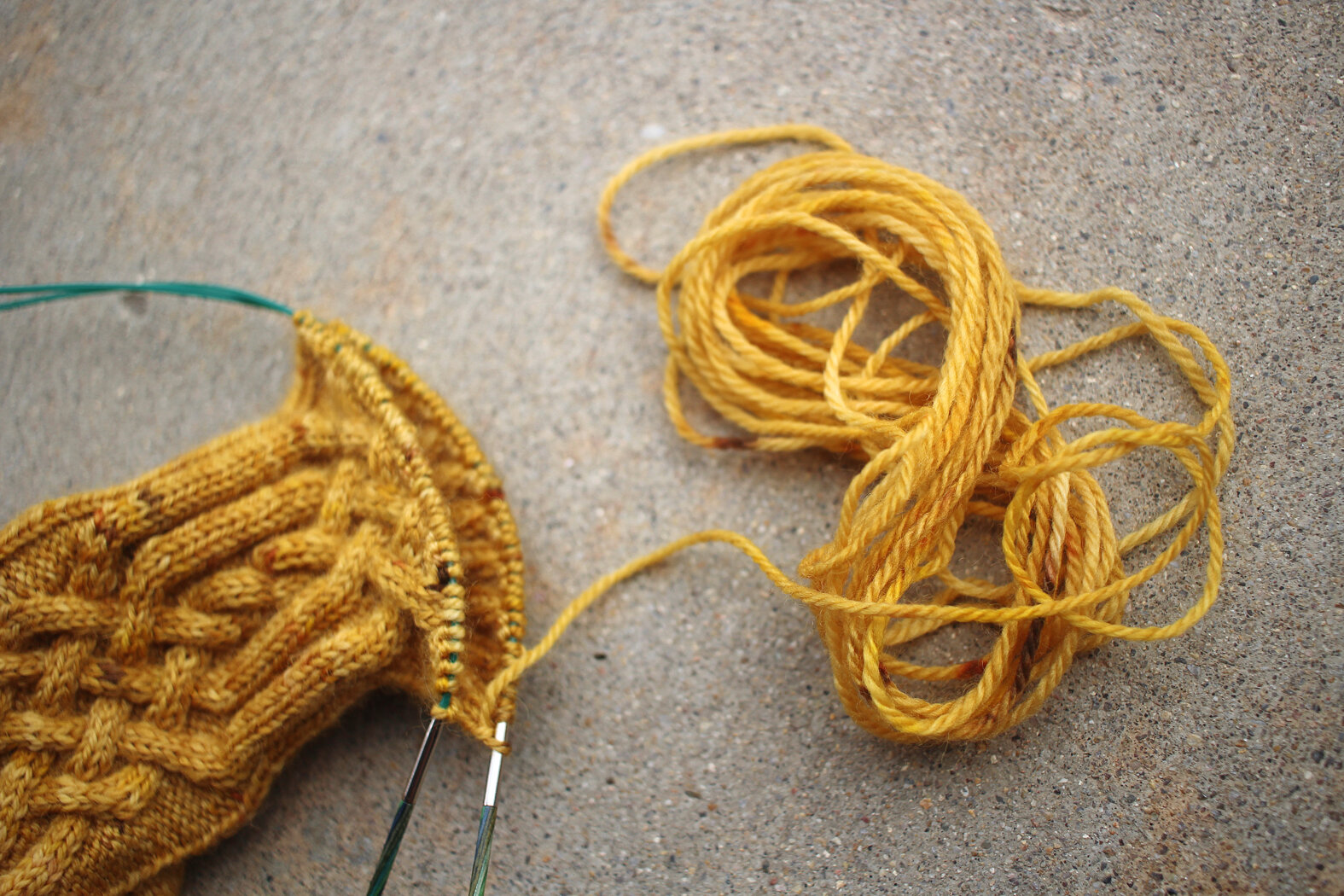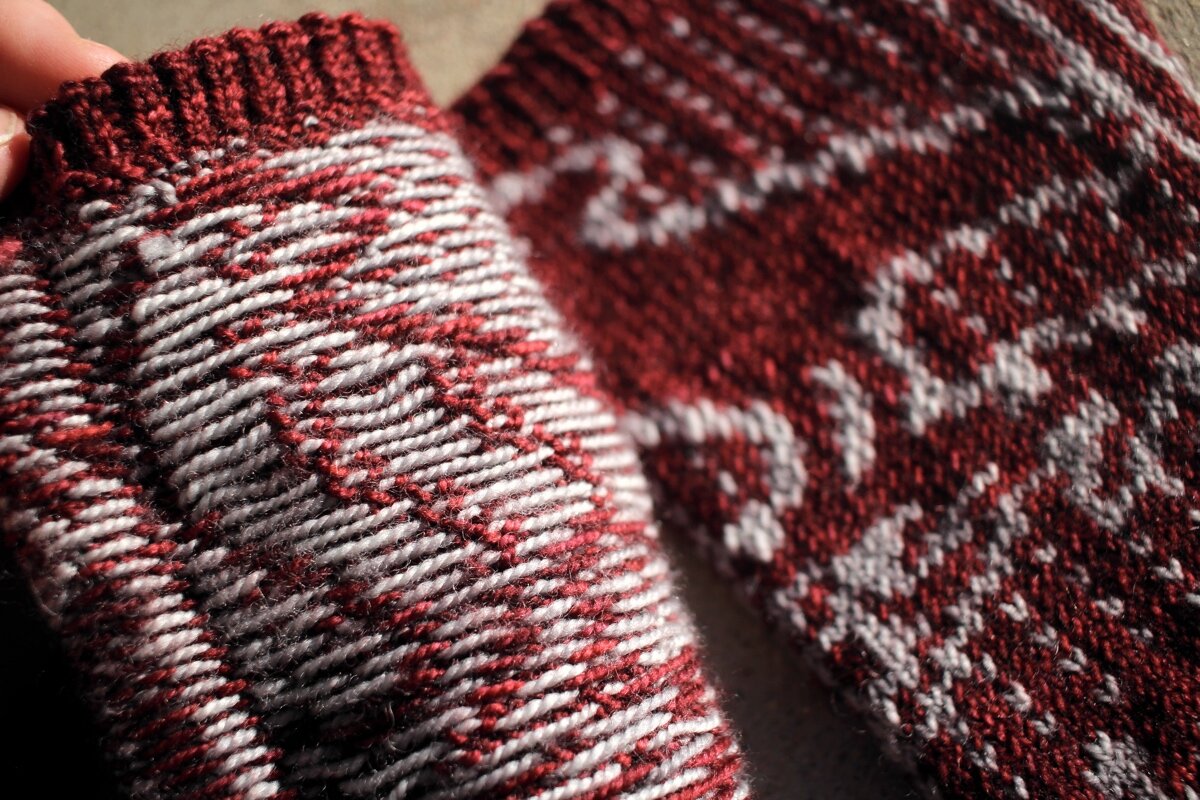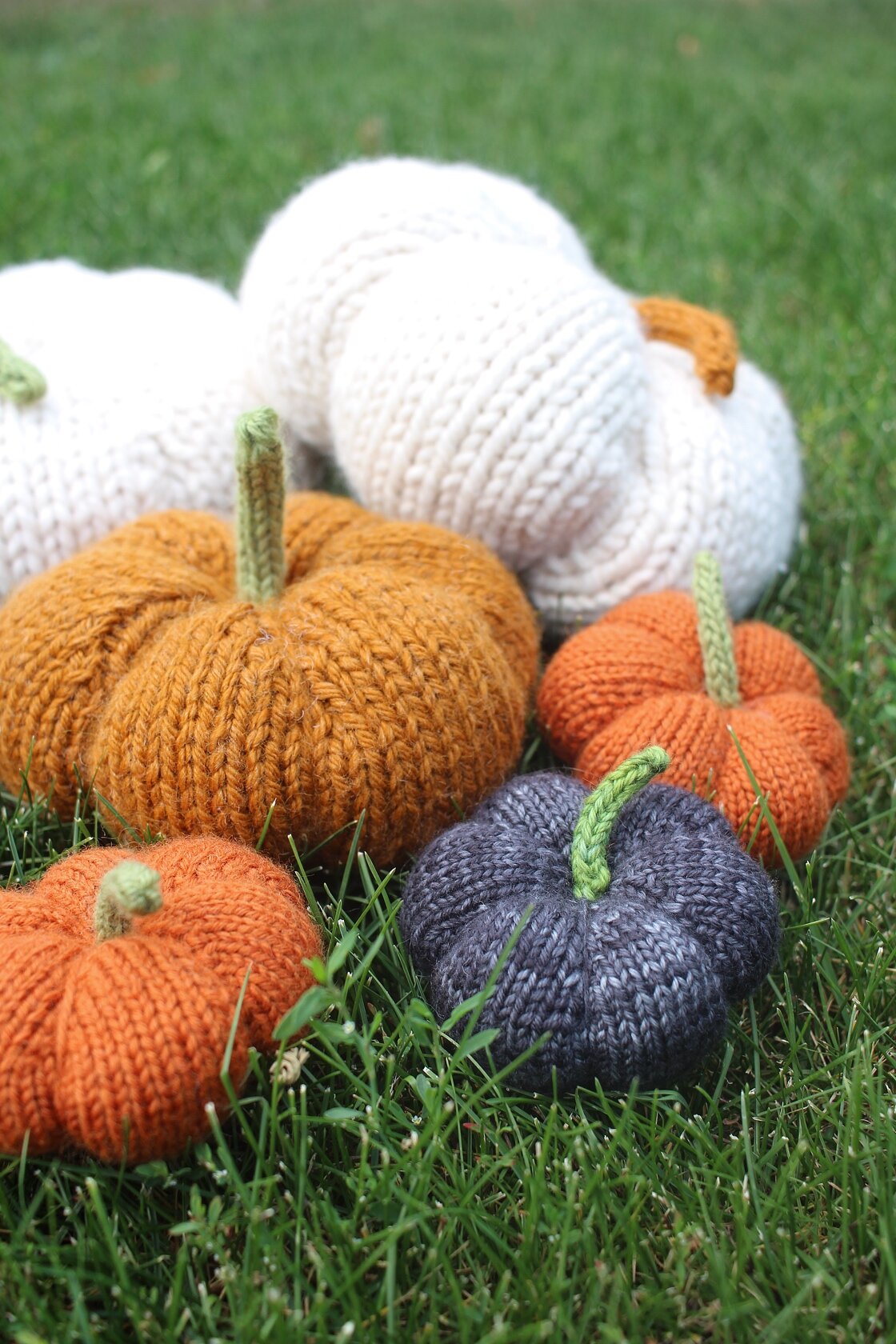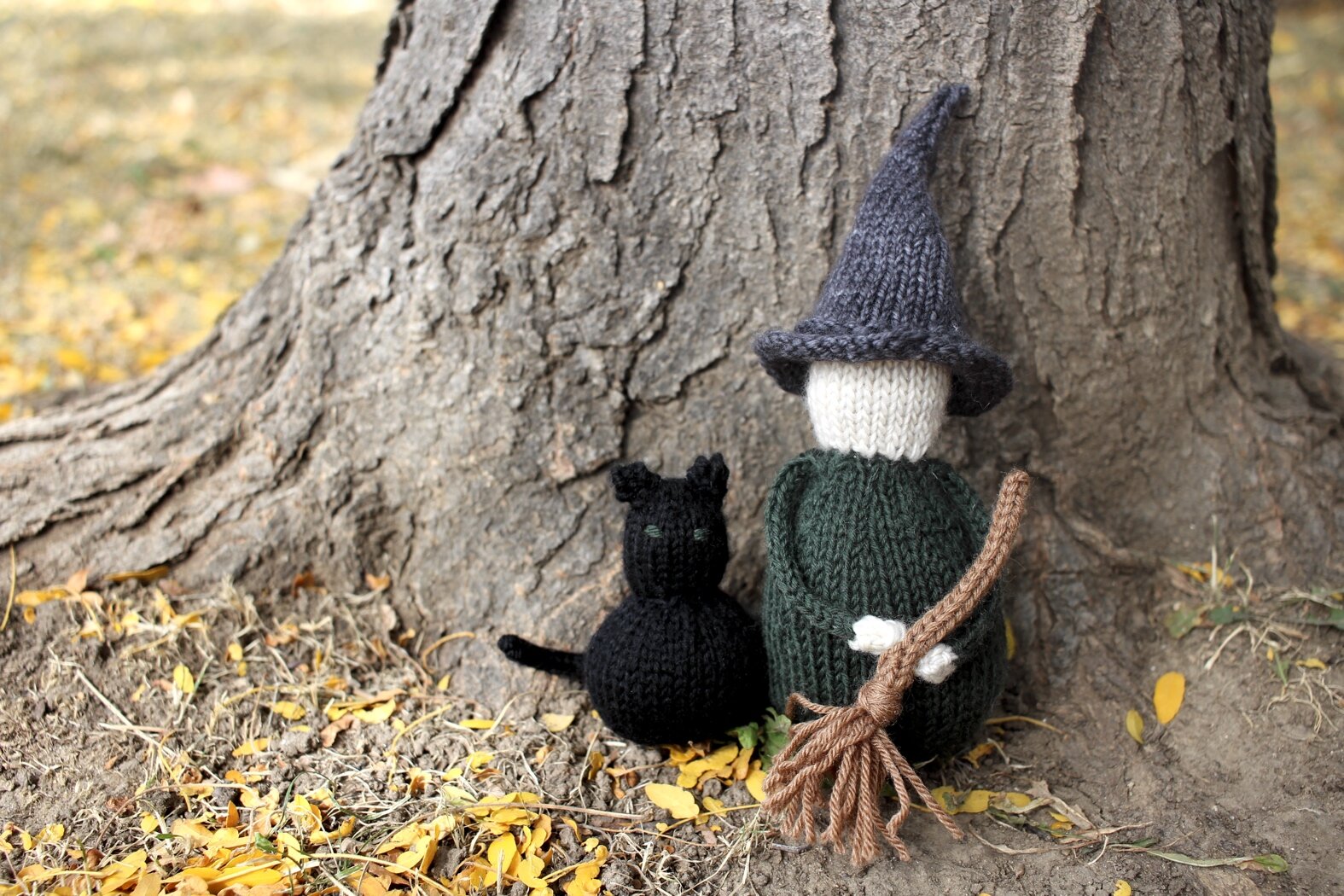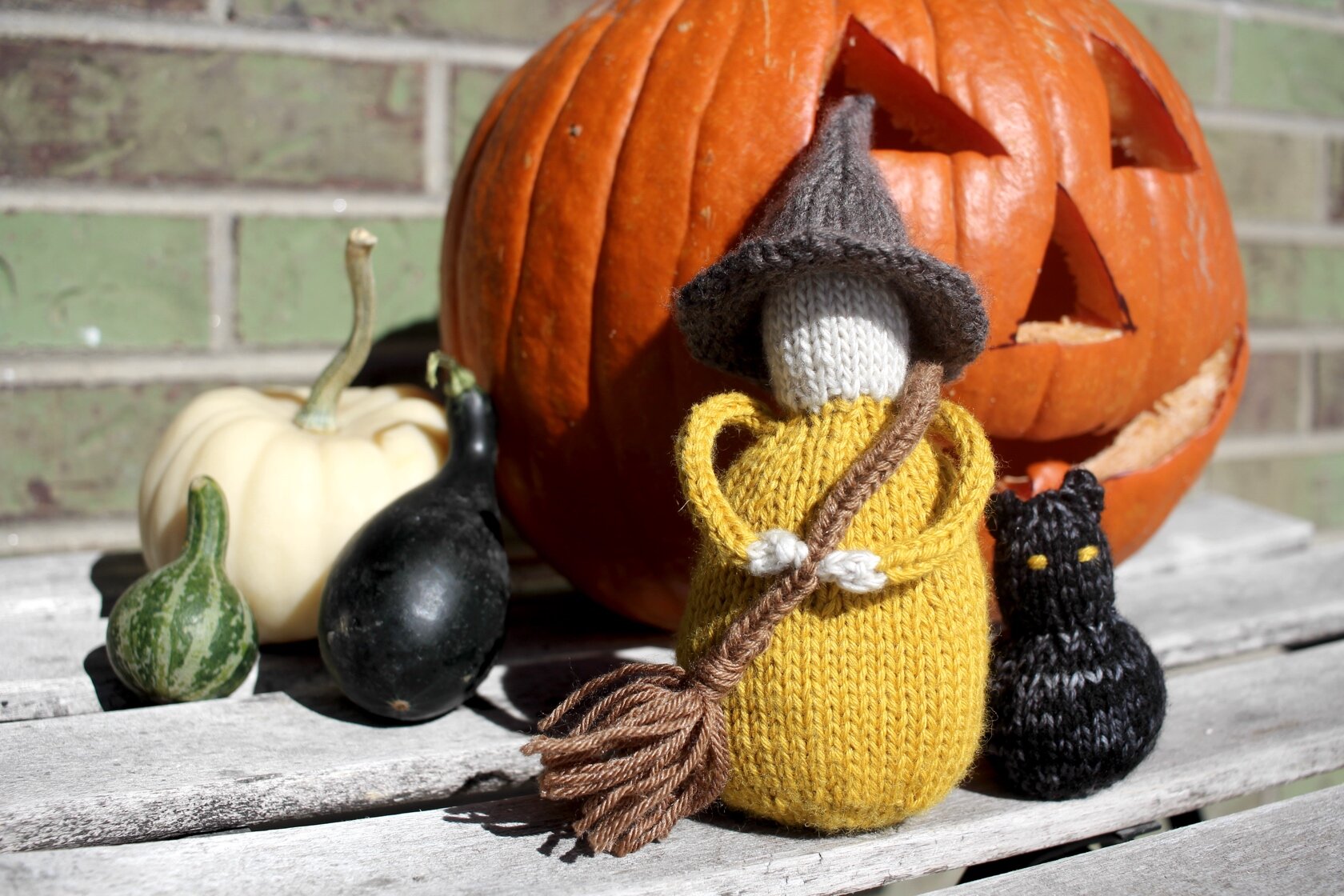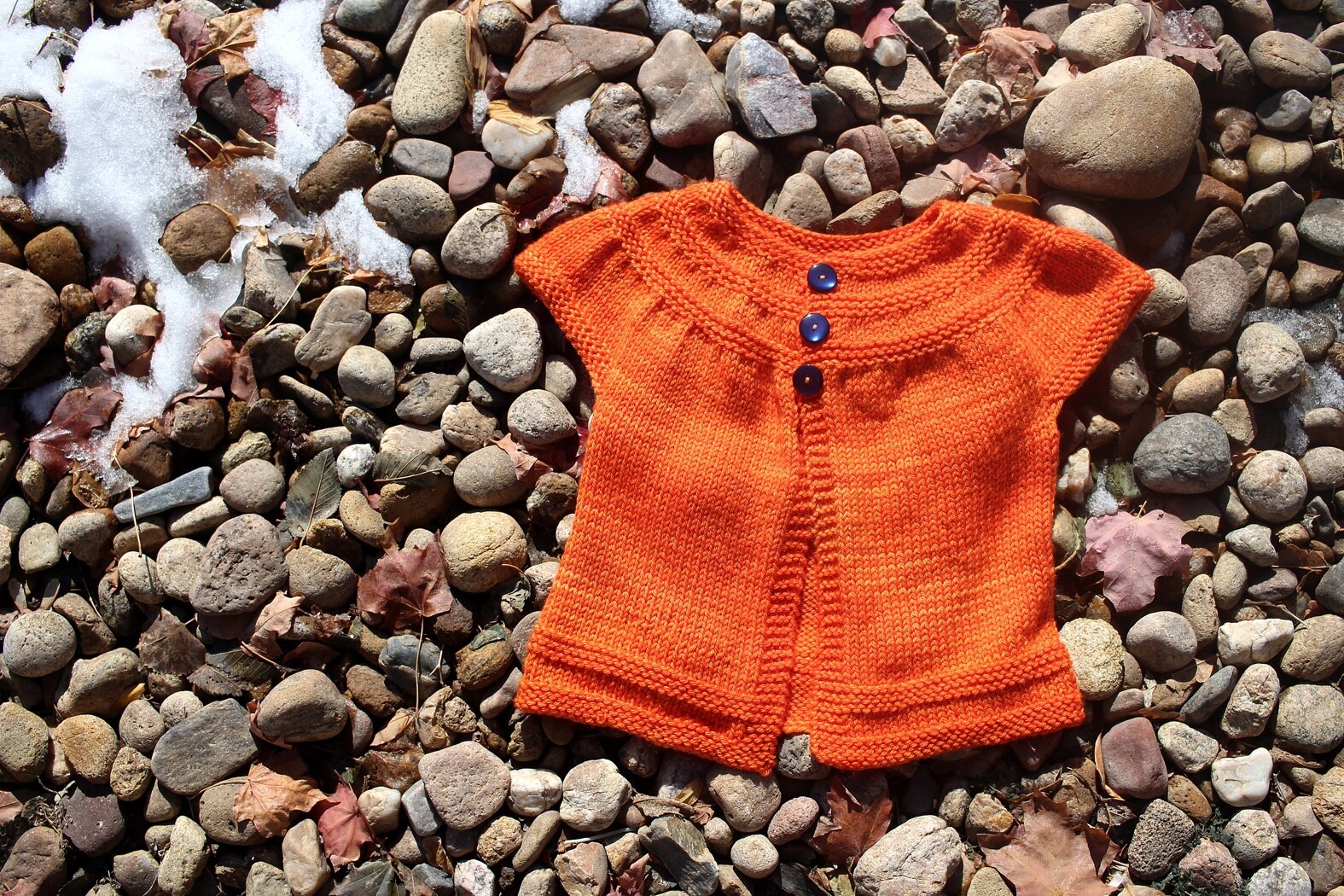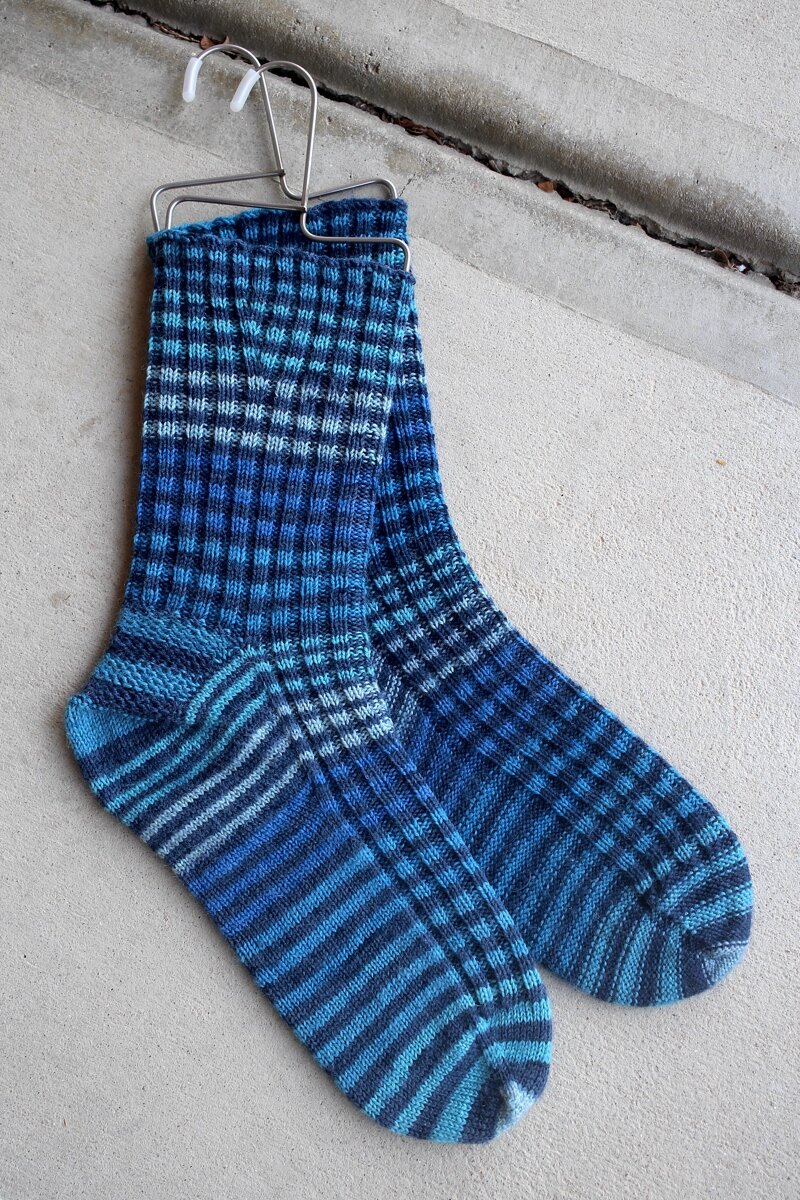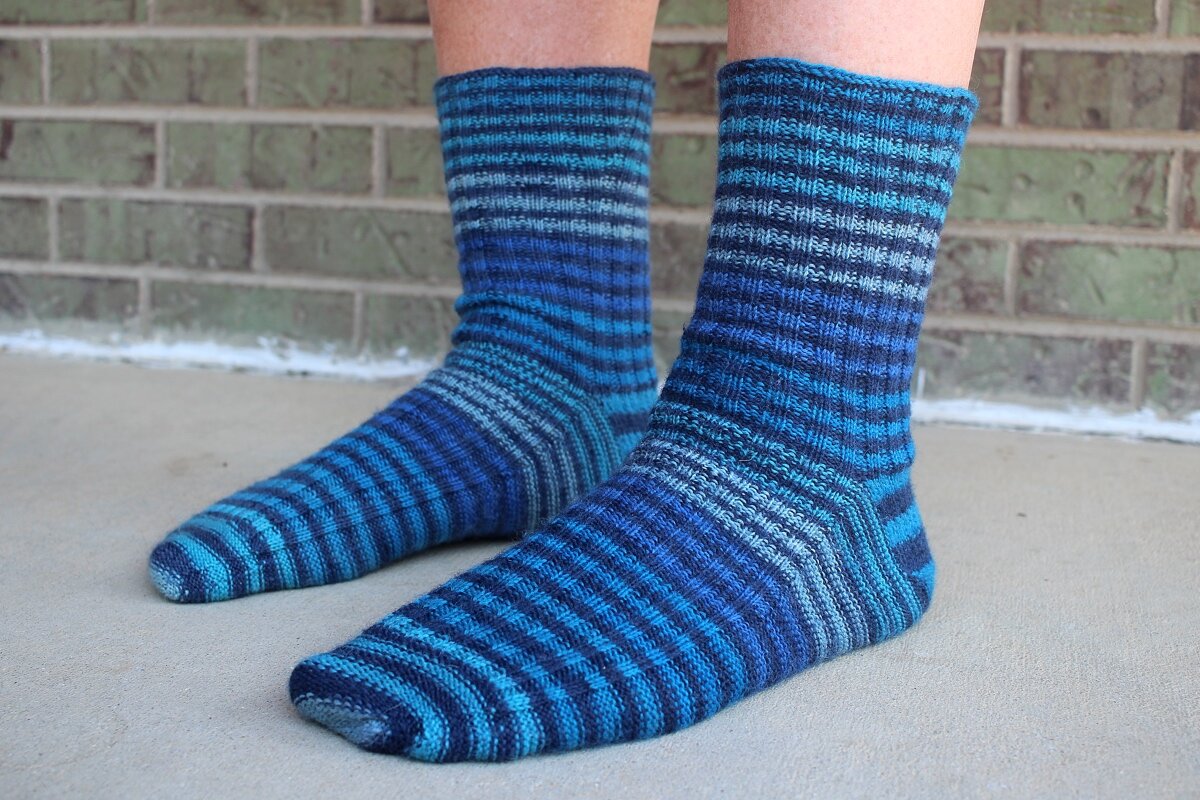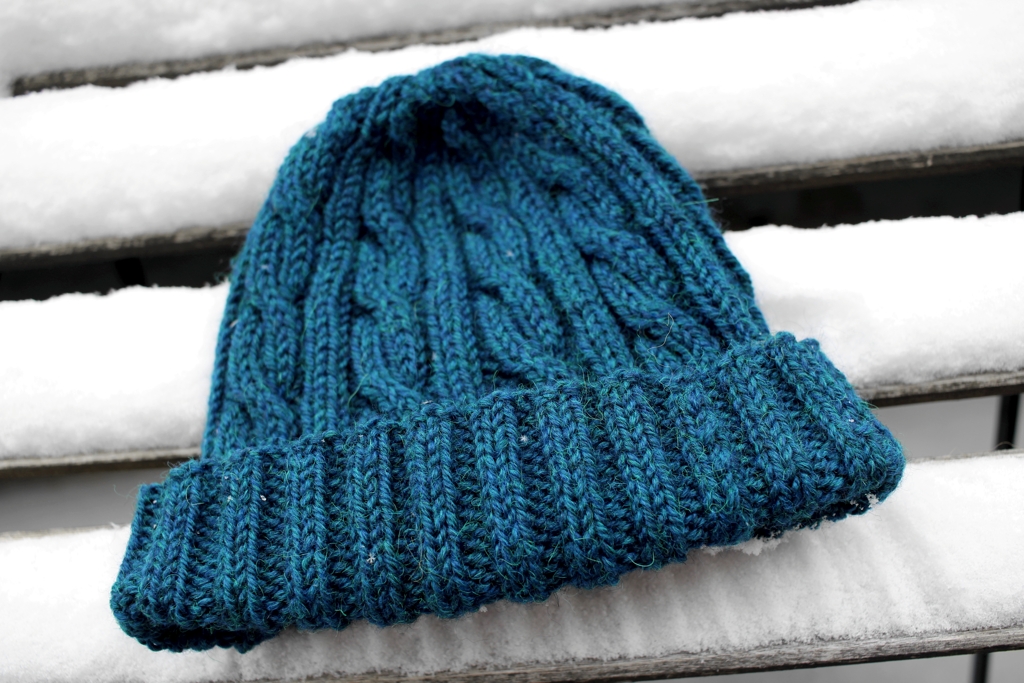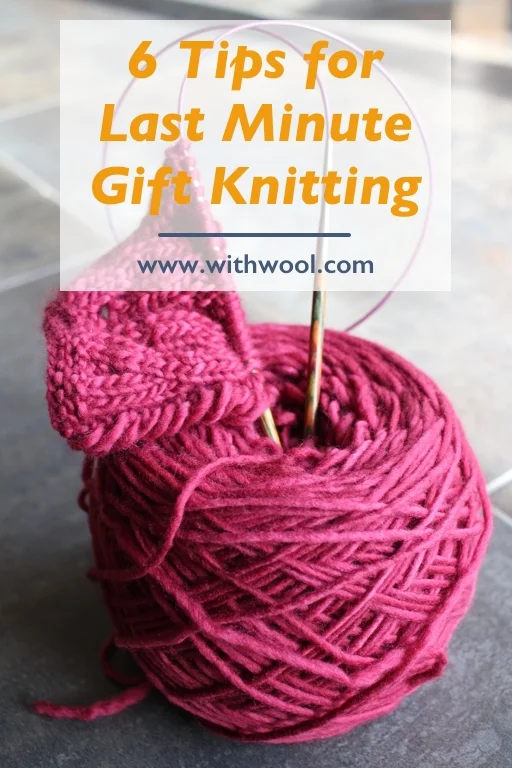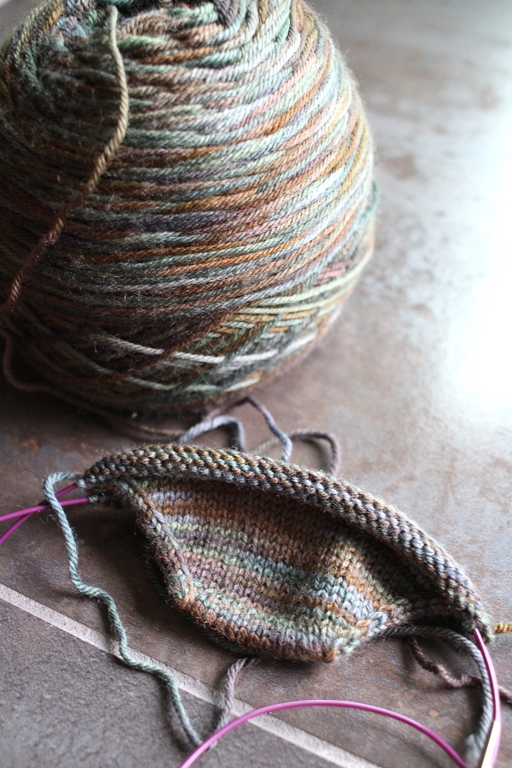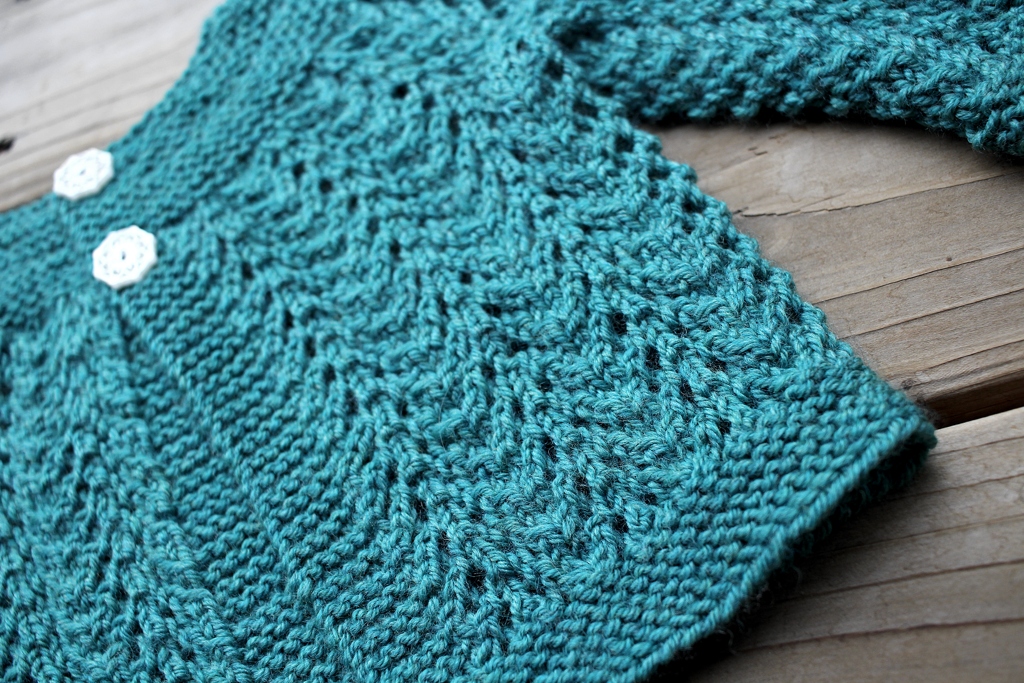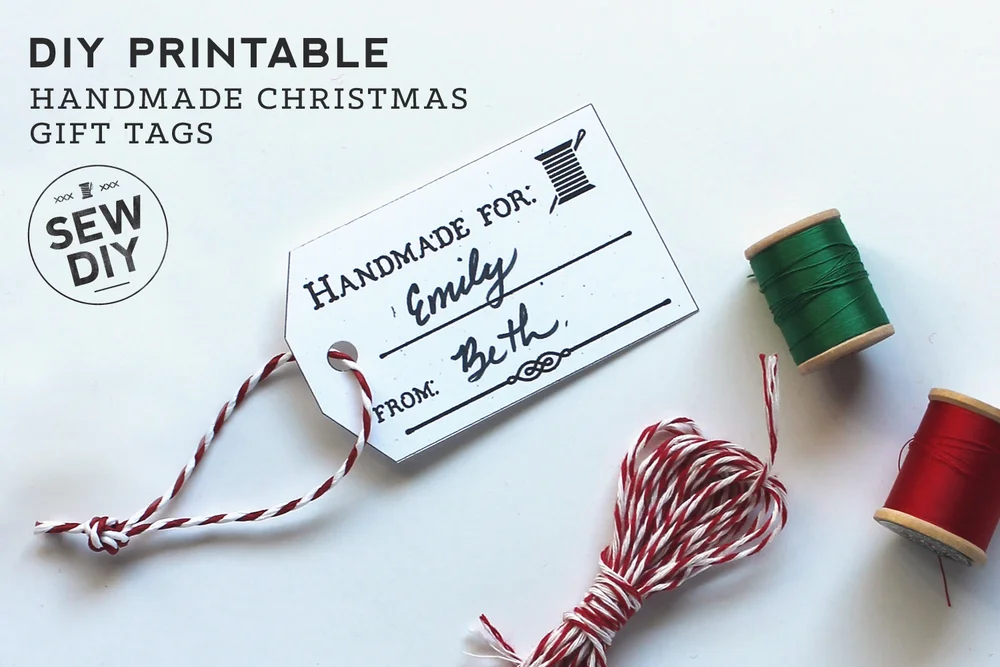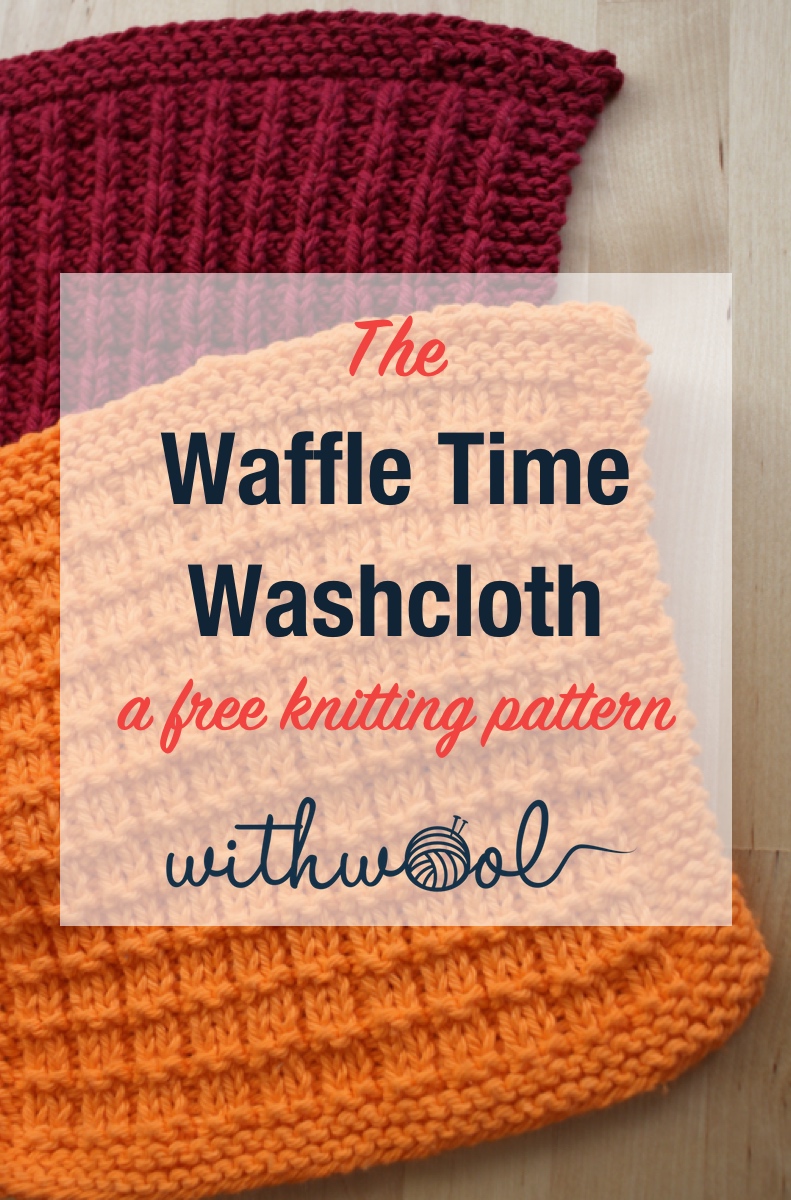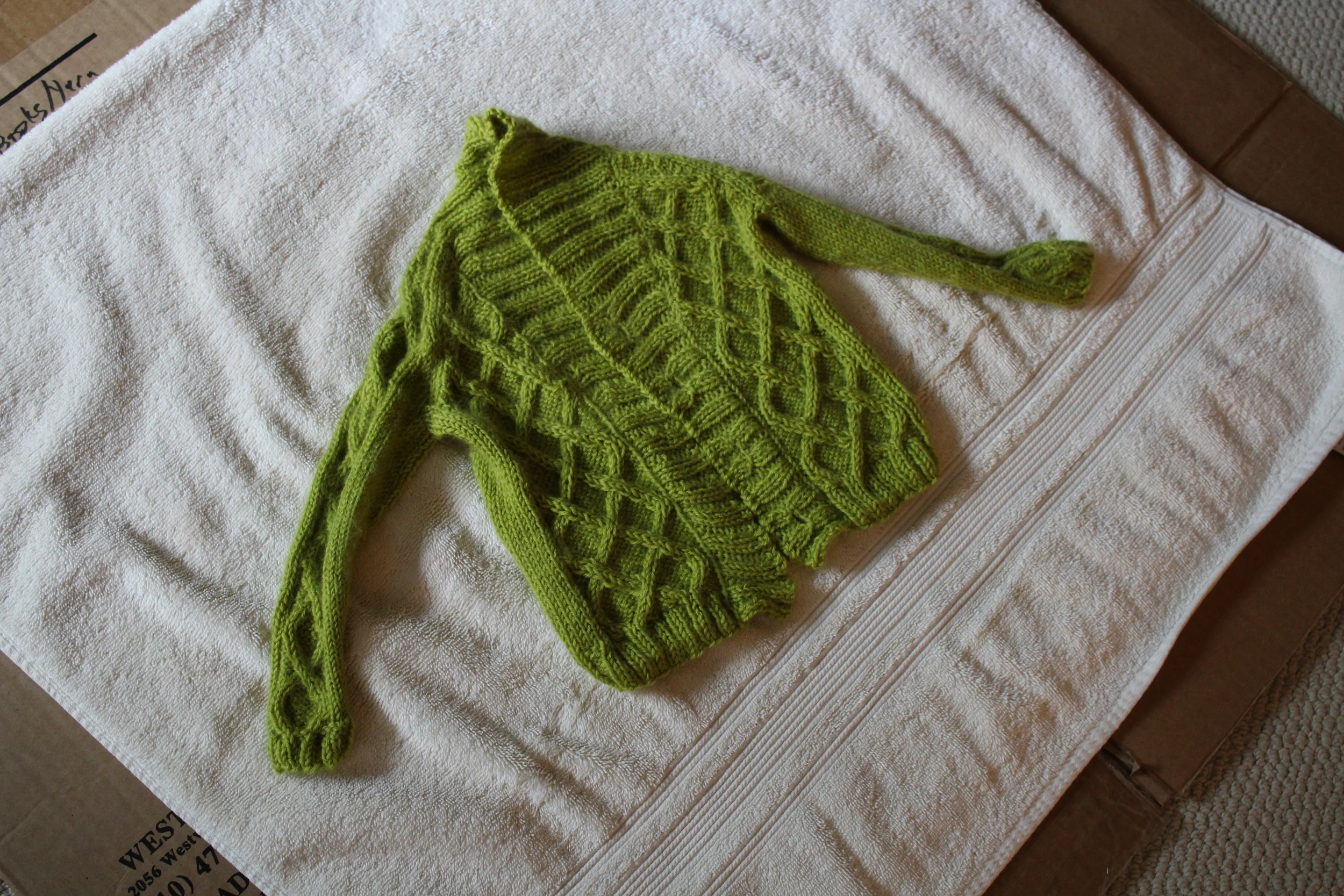This Year's Pumpkin Patch
/One of these days I’ll get to write about my knitting projects when I finish them instead of months later. One of these days. Most of the time I just enjoy the completed project and let the blog post go so I’m not creating a giant, overwhelming, ever-growing to do list. But these pumpkins are too cute not to share, even if it is December.
When I felt the urge to knit a whole pumpkin patch in September, I went with the Cute Little Pumpkin Patch pattern by Norman Schwarze. It’s fun to knit, has just the right amount of technical detail, and makes a good pumpkin shape with increases and decreases. The dark orange one was even mistaken for an actual pumpkin!
I absolutely love this pattern, and it’s pretty easy to make larger or smaller either by using different weight yarn or working fewer increase rows. The pumpkins I made with worsted weight yarn are the perfect size to sit on a shelf. The tiny pumpkin I made with marled fingering weight yarn is my favorite of the bunch and fits easily in my hand. (Of course, it’s also the one I didn’t get any good photos of before packing it up for next year.)
This blue pumpkin is the only one I made this year with the Spice pattern from Knit Picks. The kiddo wanted a squishy blue pumpkin and a squishy blue pumpkin is exactly what she got. Of course she didn’t let me pack that one up.
I’m sure I’ll knit more pumpkins next year. Some, like most of the ones I made this time, will be gifts. Some will be for me. But all of them will probably be cute and tiny.


